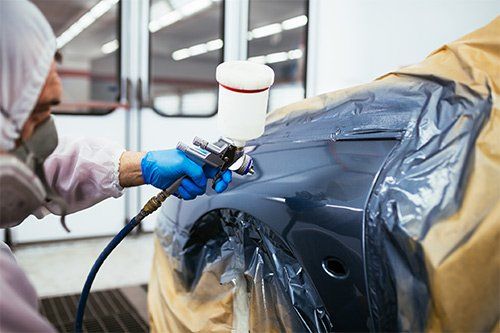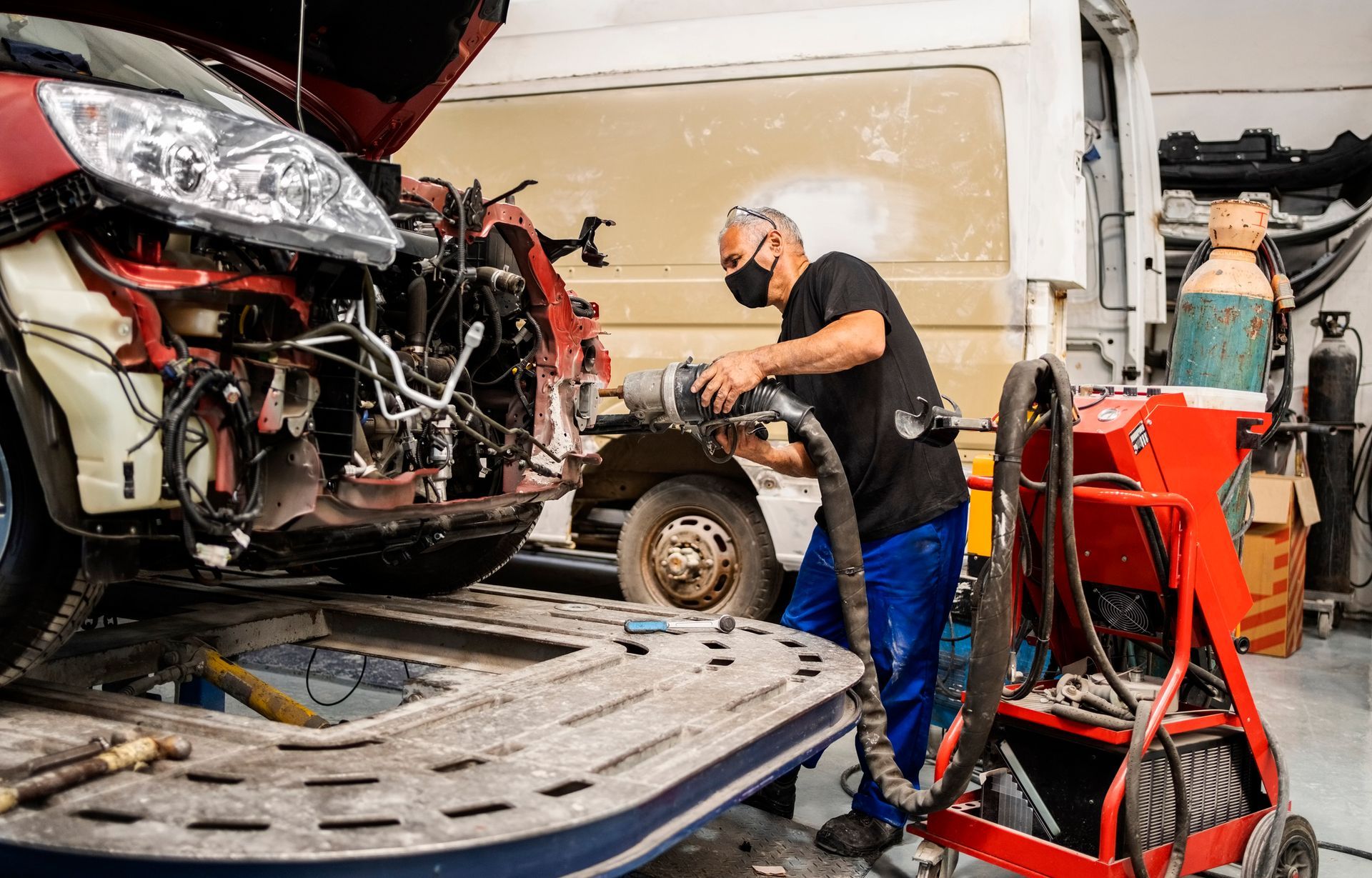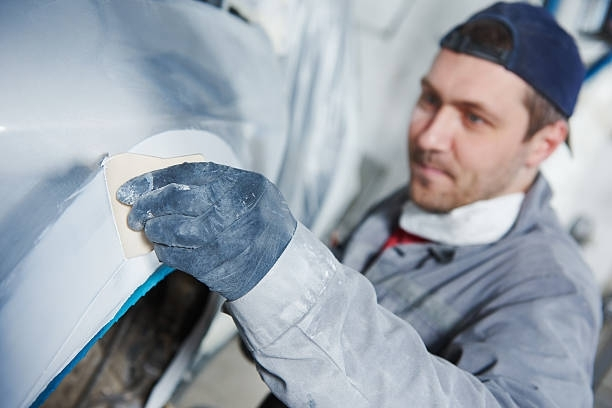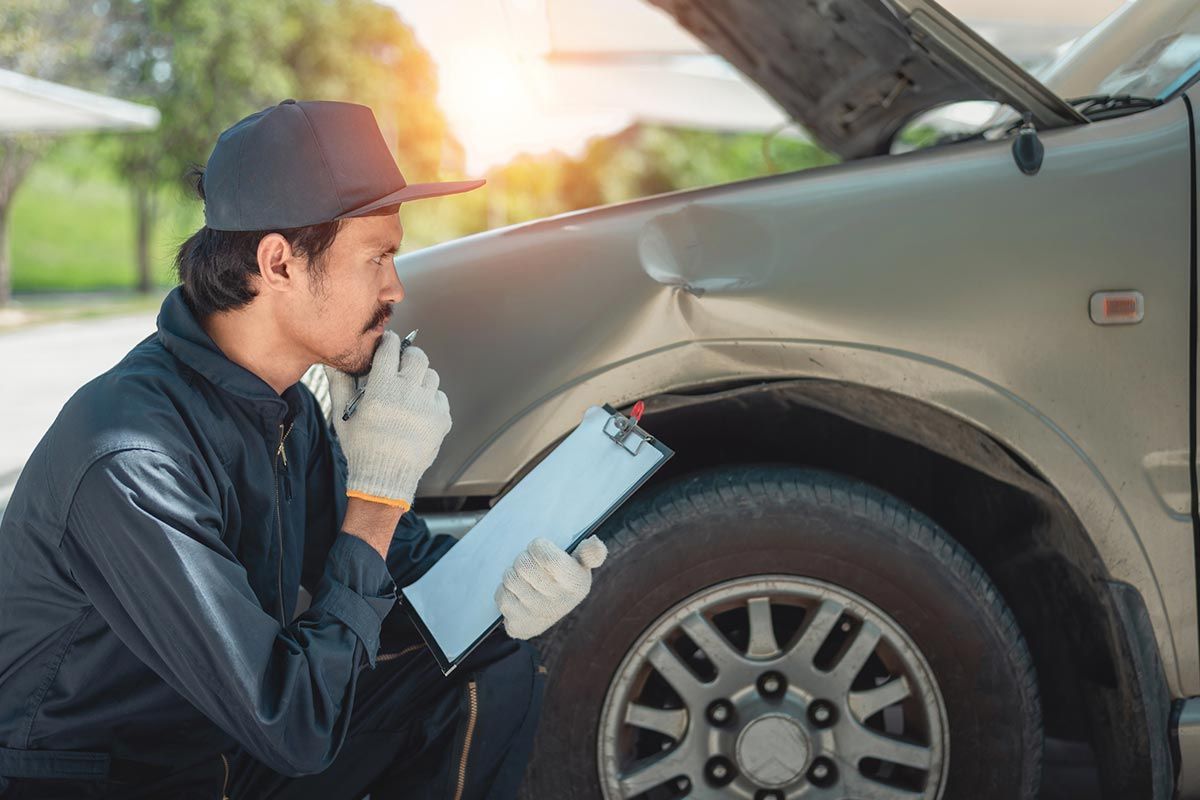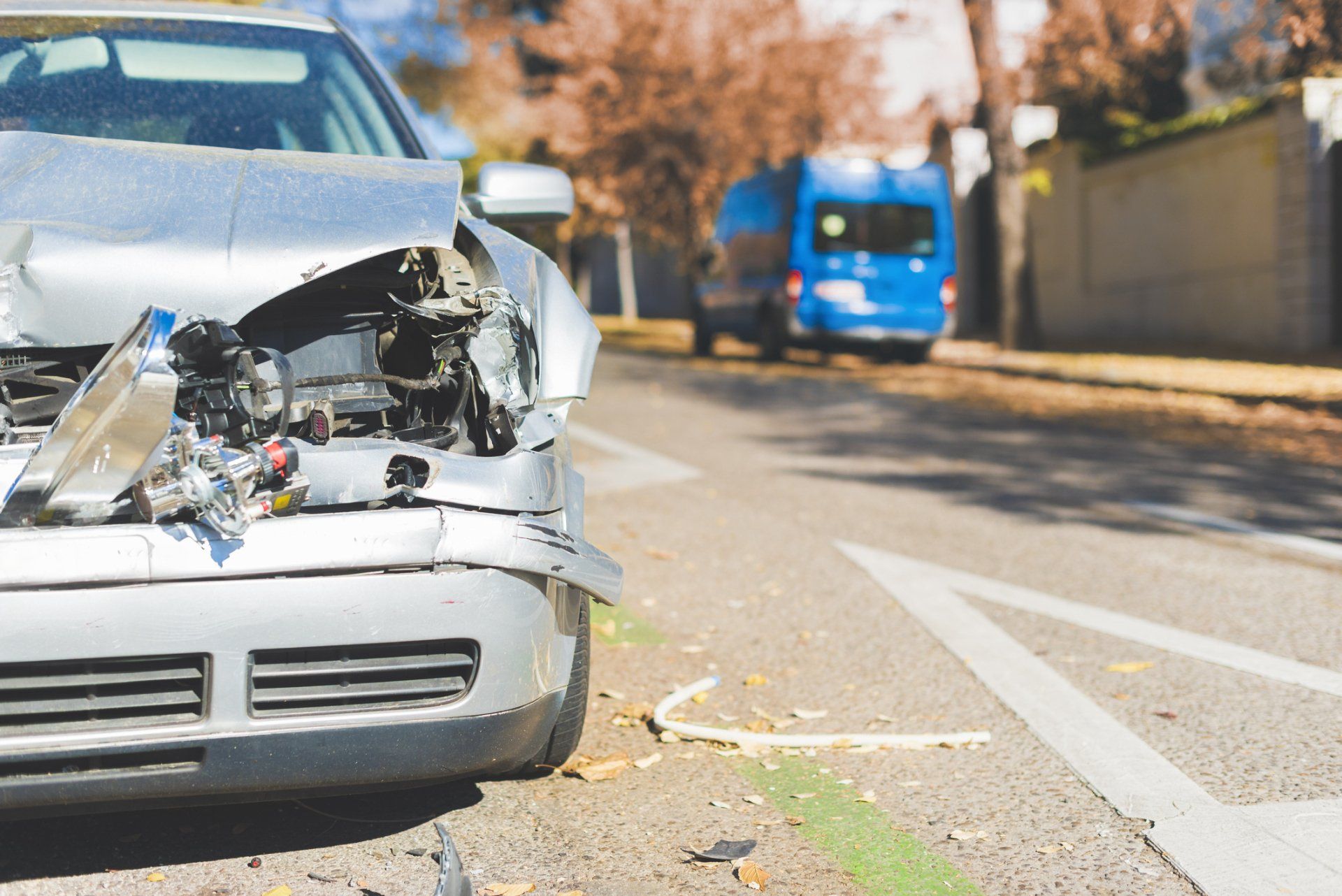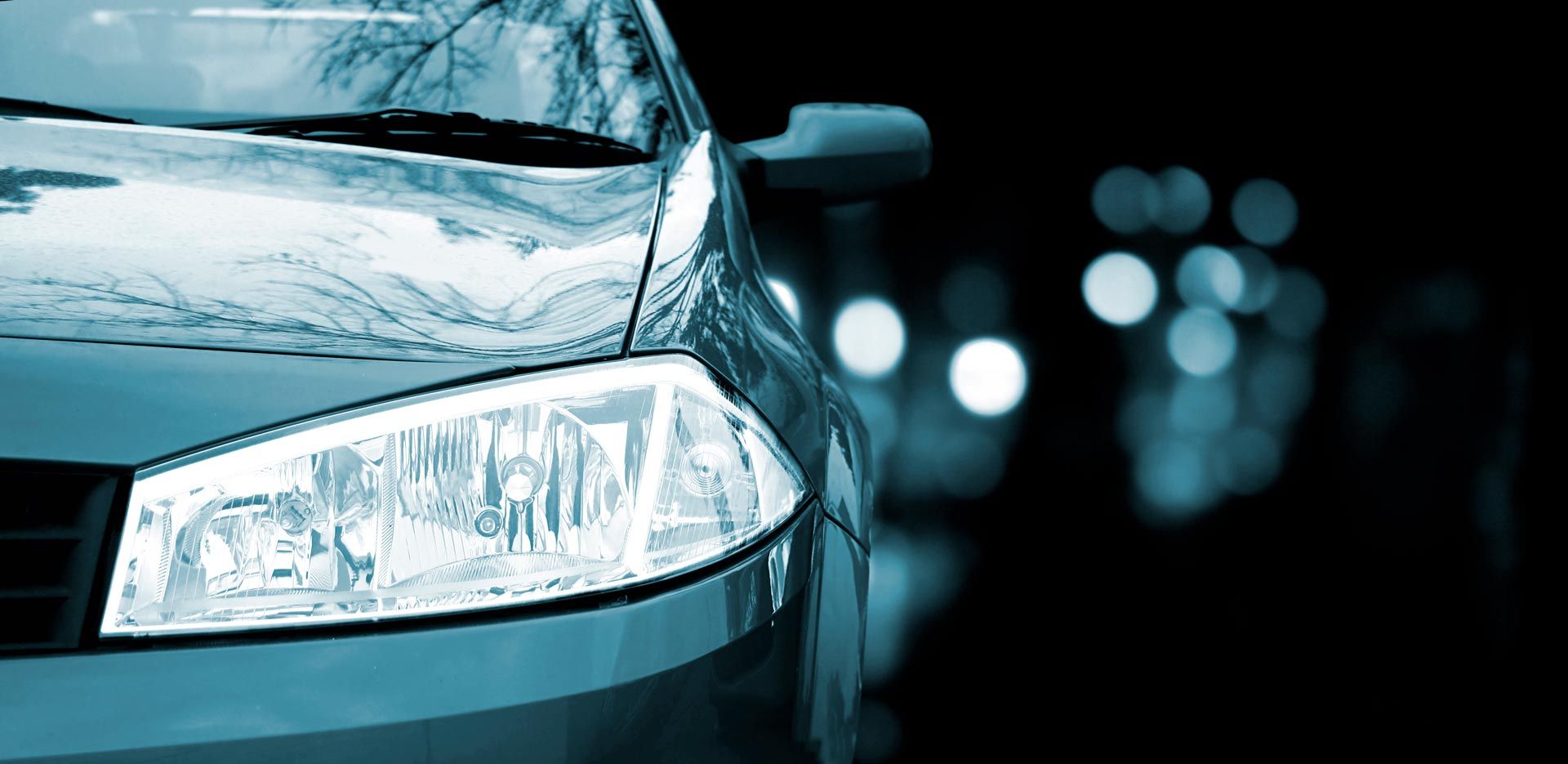Environmentally Friendly Automotive Paint FAQs
Painting your automobile can change the color or revive faded or chipping paint. When you want to have this completed, one of the decisions you need to make is whether to use eco-friendly automotive paint or traditional automotive paint.
Many people do not realize that they have this choice, as they unaware that different types of automotive paints are used. If you have never heard of environmentally-friendly automotive paint, you may have questions about it. Getting the answers to the questions you have can help you decide if you should get eco-friendly or traditional auto paint.
What Is the Difference Between Traditional and Eco-Friendly Automotive Paint?
Traditional auto paint is a solvent-borne paint. Eco-friendly automotive paint is a waterborne paint.
The difference between these two paints comes down to how the paint is thinned. Solvent-borne paints use petrochemical products to thin the paint. Petrochemical products cause the paint to release a lot of volatile organic compounds (VOC) into the air when being applied to a car. VOC are harmful to the environment as they can form ozone pollution.
What Are the Benefits to Using Eco-Friendly Automotive Paint?
The most notable benefit associated with using eco-friendly paint is that this paint type is better for the environment. However, this is not the only benefit associated with eco-friendly auto paint.
Waterborne paint is commonly used by auto manufacturers. If you select waterborne paint, you may be able to more accurately match the existing color of your car. Additionally, you may require less-blending to match the color, which decreases labor and costs.
Waterborne paint also dries faster than solvent-borne paint. This allows you to get your car back and head back on the road faster.
Waterborne paint offers more coverage compared to solvent-borne paint. Less paint is needed to completely coat and cover your car, which results in fewer coats of paint needing to be applied. This may help to reduce the amount of money you spend painting your car.
The final benefit associated with using eco-friendly automotive paint is that waterborne paints are safer for the individuals painting your car. The VOC in solvent-borne paint can be irritating to humans. It can cause red, watery eyes and breathing issues to individuals around the paint. Waterborne paints do not have these side effects associated with them.
Are There Downsides to Using Eco-Friendly Automotive Paint?
No product is 100 percent perfect. Almost every product has a few negatives associated with it, and waterborne paint does as well.
One of the negatives associated with using environmentally-friendly automotive paint is that waterborne paint changes color as it dries. When a solvent-borne paint is applied to your car, a technician can see right away if the color will match your current paint color. This is not the case with waterborne paint. They have to do a test swatch and wait for the paint to fully dry to see if it is a match.
The other downside to using eco-friendly auto paint is that auto body imperfections show. As such, the company painting the car must meticulously sand down problem areas and ensure the car is perfectly clean before applying environmentally-friendly paint to ensure no imperfections show.
How Do You Care for Eco-Friendly Auto Paint?
Eco-friendly auto paint needs to be cared for in the same manner that traditional auto paint is cared for.
You should always use a mild soap designed for use on cars, rather than home-based cleaners, such as dish soaps. Home-cleaners can strip the wax and protective coating on your car.
After painting your car, you can begin to wash your car with a mild soap after the paint has fully cured. However, you should avoid using wax for at least 30 days. After 30 days, you can add wax to protect the paint on your automobile.
Are you looking to have your automobile painted? Here at Automotive Super Sports, located in Gainesville, Florida, we can help you with all of your automotive painting needs. Give us a call nowto schedule an appointment to have your car painted.

